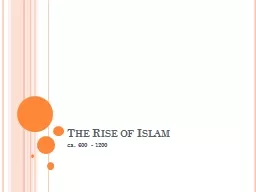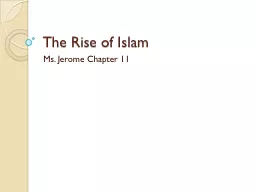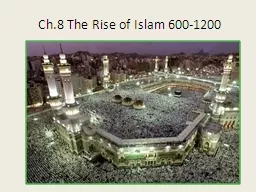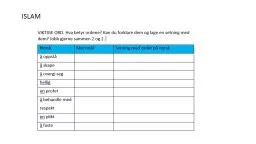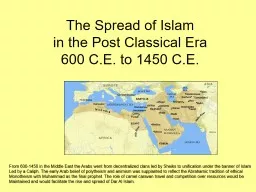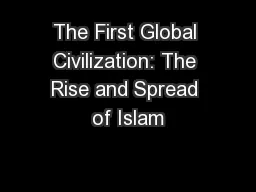PPT-The Rise of Islam ca. 600 - 1200
Author : giovanna-bartolotta | Published Date : 2018-11-17
The Arabian World Desert Dwellers inhabited by Bedouin societies occupations were herding camels and goats with some agriculture towns ruled by clans and tribes
Presentation Embed Code
Download Presentation
Download Presentation The PPT/PDF document "The Rise of Islam ca. 600 - 1200" is the property of its rightful owner. Permission is granted to download and print the materials on this website for personal, non-commercial use only, and to display it on your personal computer provided you do not modify the materials and that you retain all copyright notices contained in the materials. By downloading content from our website, you accept the terms of this agreement.
The Rise of Islam ca. 600 - 1200: Transcript
Download Rules Of Document
"The Rise of Islam ca. 600 - 1200"The content belongs to its owner. You may download and print it for personal use, without modification, and keep all copyright notices. By downloading, you agree to these terms.
Related Documents

